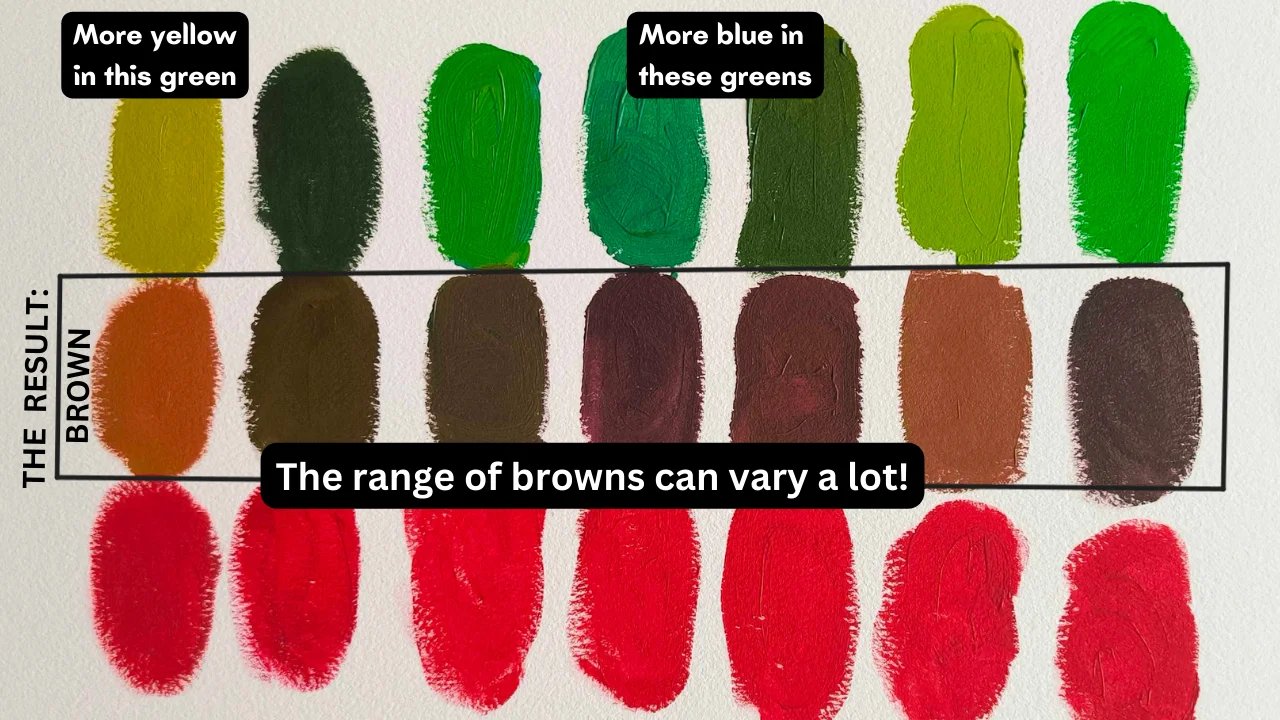What makes Dark Teal so captivating?
You’ve probably seen dark teal before and felt something. Calm, maybe. Or a kind of quiet strength. That’s the nature of this color. With its deep green-blue base and near-black depth, Dark Teal (#014d4e) doesn’t shout. It grounds. It’s not moody like navy or brash like emerald. It lives somewhere in between, like ocean depths just past the coral shelf.
Designers, artists, and brand makers use it when they want contrast without chaos, mood without melancholy, and color without cliché. But there’s more going on here than just looks.
Let’s break it down.
Dark Teal Color #014d4e color breakdown
- Hex:
#014d4e - RGB:
1, 77, 78 - HSL:
180°, 97%, 15% - CMYK:
99%, 1%, 0%, 69% - Contrast Ratio (vs white): 12.46:1 – Excellent for accessibility
- Color Space: sRGB safe, Display P3 safe
- Relative Luminance: 0.060 – Very dark, ideal for backgrounds or emphasis
This is a true deep teal—close to black, but rich with hidden color. It leans slightly cooler than traditional teal, but not cold like cyan or icy turquoise. It’s earthy, but still marine.
What does dark teal feel like?
Color psychology plays a huge role in user perception. Dark Teal brings in:
- Depth and maturity from blackened tones
- Balance and calm from green
- Clarity and trust from blue
It’s often used in branding where sophistication needs to feel grounded—think tech, luxury retail, sustainable fashion, and clean beauty brands. Patagonia uses similar tones to invoke earthiness. So does Glossier, when it wants to break from pinks without losing elegance.
Cultural meaning and context
Across cultures, teal shades carry symbolism that sits at the intersection of spiritual clarity and natural grounding.
- In East Asian art, dark teal pigments often appear in ceramics and traditional patterns, symbolizing wisdom and water.
- In Middle Eastern tiles, variations of deep turquoise suggest divine protection.
- In Western branding, it suggests innovation with restraint. Think depth over flash.
- In South American textiles, the balance between indigo and forest green hints at ancestral knowledge and wilderness.
Designers working globally should be mindful: while teal rarely offends culturally, the darkness of this specific hue can skew somber in the wrong context. Offset it with warmth or motion.
When to use it, and when to skip it
Use Dark Teal when you want:
- Strong contrast without using pure black
- A luxe vibe without going full jewel tone
- A versatile background color that supports bold accents
- A gender-neutral color that’s neither boring nor expected
- To add elegance to minimalism
Avoid Dark Teal when:
- You need immediate brightness or pop (this color recedes)
- Your palette already includes dark navy or forest green (it can blur with them)
- Your design relies heavily on warm tones only (unless you’re ready to use contrast deliberately)
Smart color pairings that actually work
Done right, dark teal can carry a whole brand. But it shines when paired smartly. Here’s what works:
1. Muted Neutrals
Use Warm Gray or Ivory to let teal anchor the composition.
- Why it works: These colors provide contrast without competition. They soften dark teal’s intensity.
2. Accents of Burnt Orange or Terracotta
Try Clay Orange (#d66b3c) or even a spicy red-brown.
Why it works: Opposites on the color wheel generate energy. This combo feels cozy, grounded, and sophisticated.
3. Clean Whites and Cool Silvers
Great for web design. Think white text over a dark teal header, or silver UI icons.
Why it works: Maximizes readability and gives a sleek, modern touch.
4. Dusty Pinks and Rosewood
Like Muted Mauve (#b3a9a3) or a light blush.
Why it works: Creates an unexpected softness, ideal for boutique branding or editorial design.
Real-world applications
In branding
Spotify once explored dark teal for playlists aimed at calming or focus-driven listening. Banks and fintech brands lean into it for its “modern but trustworthy” vibe. See also: Stripe, Wise.
In interiors
Designers use it as a feature wall in offices, cafes, or lounges. Combine with walnut wood, brushed brass, or matte black. Works well in dim lighting.
In fashion
Dark teal velvet, silk, or even streetwear gives luxury without glitter. Works across genders, seasons, and silhouettes.
In UI/UX
Dark teal backgrounds, with white or off-white text, pass WCAG contrast standards easily. Add micro interactions with orange, seafoam, or lilac. The result feels cool and intuitive.
Quick-reference design tips
| Design Area | Tip |
|---|---|
| Logos | Use dark teal as a base, then accent with copper or champagne gold |
| UI backgrounds | Dark teal improves contrast for light text or icons |
| Packaging | Try embossed teal on matte black for high-end feel |
| Typography | Avoid pairing it with heavy dark fonts—keep the weight light |
| Illustration | Use it to block in shadows or to define oceanic or forest settings |
Final thoughts
Dark teal isn’t trendy. It’s timeless. It holds the same space as charcoal or deep burgundy—always quietly powerful, always adaptable. You won’t use it on every project, but when you do, the design speaks differently. It feels considered. Balanced. Confident.
And that’s the kind of color you want in your palette toolkit.
If you’re curious about other deep greens or bluish tones, explore more teal color shades.
Color’s not just about what people see. It’s about what they feel when they see it.
And dark teal? It feels like trust, dusk, and the pause between waves.









